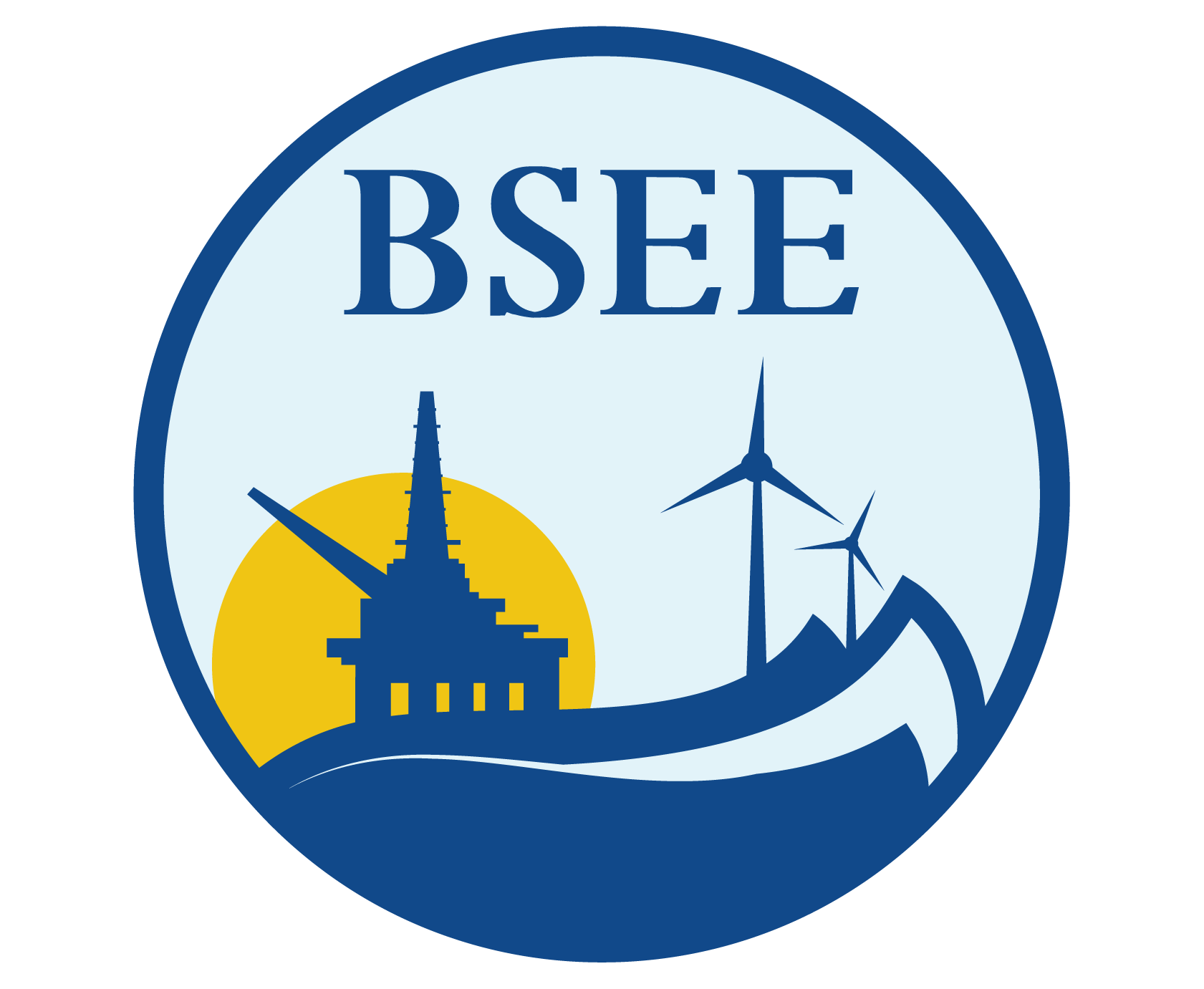Leak Detection and Monitoring of Pipelines
The objective was to assess and define practical methods for immediate detection of leaks and recommend existing and future state-of-the-art practical measures for inspection, detection, and monitoring to minimize leaks from seafloor pipelines. A report was prepared that reviewed domestic and foreign pipeline inspection and leak monitoring methods and proposed existing or future measures necessary to have a reliable method to detect leaks in oil and gas pipelines.
